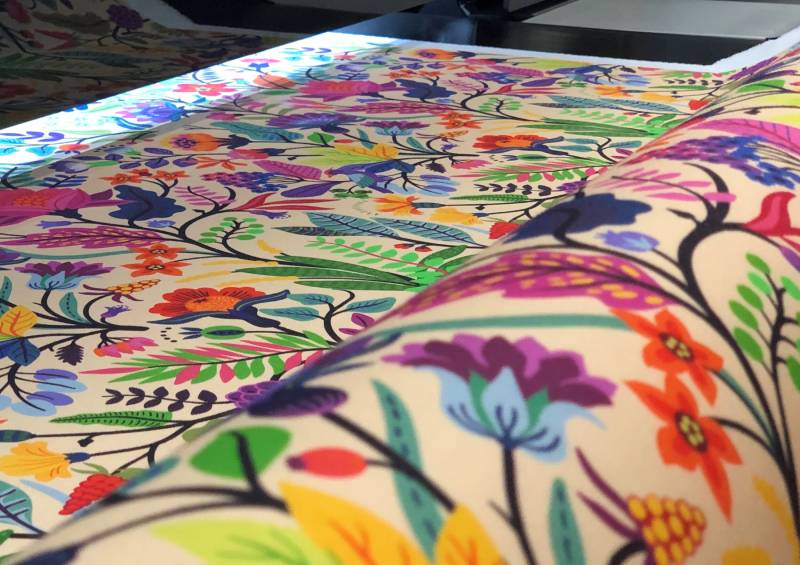Digital Textile Printing Market To Surge To US$ 8.55 Bn By 2033

According to Future Market Insights report, the digital textile printing market, valued at US$ 2.71 billion in 2023, is on a trajectory for remarkable growth, projecting an annual increase of 12.2 per cent. By 2033, it is anticipated to reach a staggering US$ 8.55 billion. This surge is attributed to technological advancements, increased customization demands and a shift towards sustainable printing methods in the textile industry.
A surge in personalized silk and polyester apparel with unique printing designs is driving a boom in the digital textile printing market. The desire for precise colour combinations and unlimited design possibilities has led to opportunities for providers, positioning them as innovators in the industry. Traditional textile processes are expected to shift towards digital forms, showcasing the transformative impact of digital printing on the textile landscape.
Chinese digital textile printing companies are actively contributing to this transformation, focusing on developing cutting-edge printing equipment. China’s market exhibits a notable compound annual growth rate (CAGR) of 13.8%, reflecting the industry’s responsiveness to evolving consumer needs.
Despite the market’s growth, challenges such as the high cost of digital textile printing machines persist. The adoption of single-pass printing for higher quality adds to the cost, necessitating skilled operators for optimal outcomes. Efforts are underway to reduce ink and pigment costs to alleviate these challenges.
The direct-to-fabric (DTF) printing process dominates the market, accounting for 45.6% of the share, followed by direct-to-garment printing at 33.9% and dye sublimation printing at 12.1%. The fashion industry holds a commanding share of 43.4%, leveraging digital textile printing for faster production, customization and unique design capabilities.
As the market becomes more competitive, key players are releasing new products and forming partnerships to meet the growing demand for environment-friendly printing solutions.















